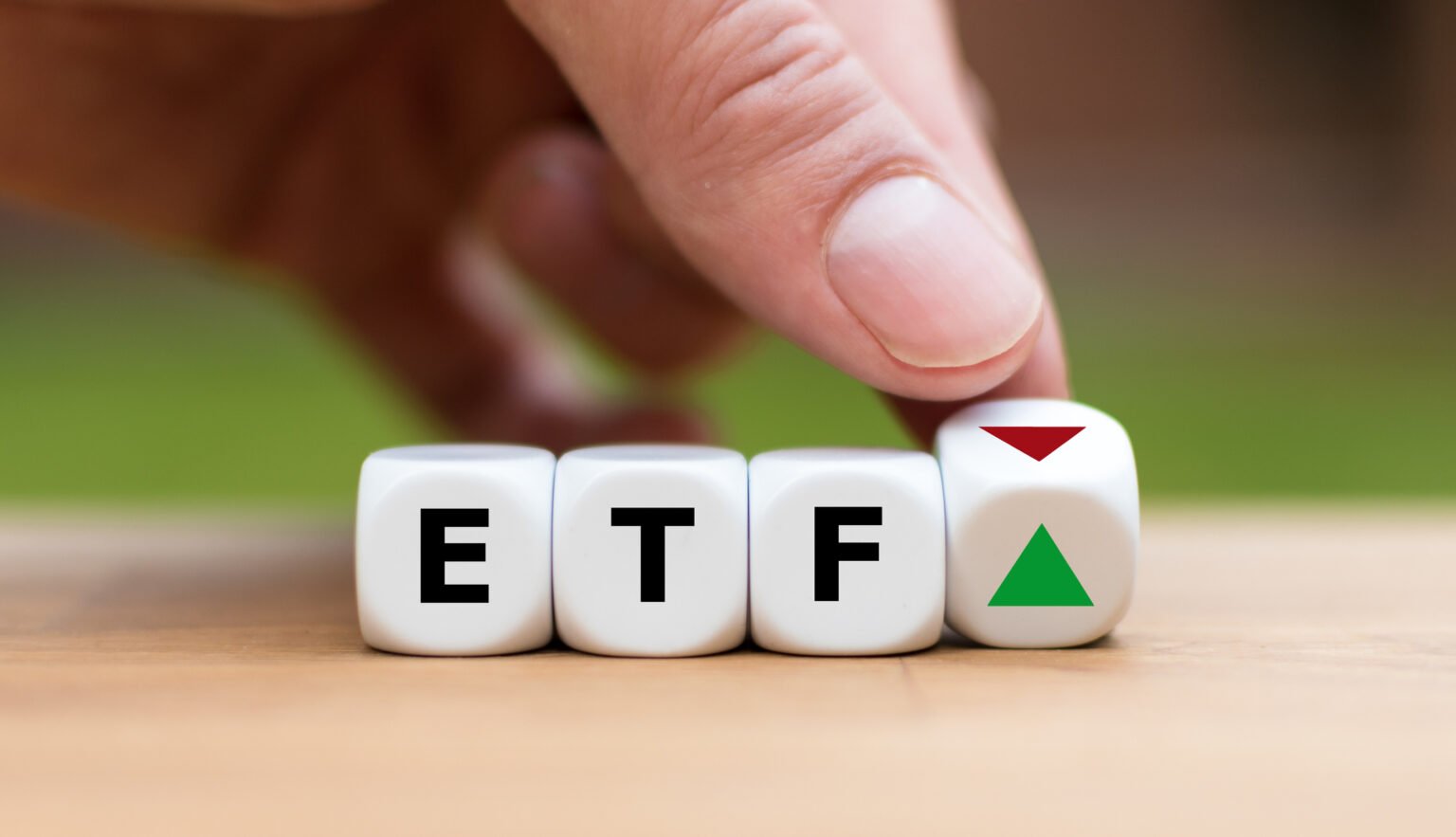By Trustpickr Editorial Team | Updated May 2025
💡 Why Dividend ETFs Are Ideal for Passive Income
In 2025’s low-rate environment, dividend-paying stocks remain one of the most reliable ways to generate steady, semi-annual or quarterly cash flow. But picking individual stocks—and rebalancing your holdings—can be time-consuming and risky. That’s where dividend exchange-traded funds (ETFs) come in: they pool dozens or hundreds of high-yield equities into a single, low-cost vehicle, offering instant diversification and professional management.
Whether you’re funding retirement, supplementing your salary, or simply want a “set-and-forget” income stream, dividend ETFs can be the cornerstone of your portfolio.
🏆 Top 5 Dividend ETFs to Consider in 2025
| ETF Ticker | Name | Yield (SEC) | Expense Ratio | 3-Year Total Return | Link |
|---|---|---|---|---|---|
| VIG | Vanguard Dividend Appreciation ETF | 2.1% | 0.06% | 9.8% | Trade VIG on Fidelity |
| SCHD | Schwab U.S. Dividend Equity ETF | 3.8% | 0.06% | 11.2% | Invest in SCHD via Charles Schwab |
| SDY | SPDR S&P Dividend ETF | 3.4% | 0.35% | 8.5% | Buy SDY on E*TRADE |
| NOBL | ProShares S&P 500 Dividend Aristocrats | 2.6% | 0.35% | 10.4% | Purchase NOBL on TD Ameritrade |
| DGRO | iShares Core Dividend Growth ETF | 2.4% | 0.08% | 9.1% | Invest in DGRO at Vanguard |
Note: Yields and returns as of April 2025. Past performance is no guarantee of future results.
🔍 How to Choose the Right Dividend ETF
- Yield vs. Growth Balance
- Higher yields (SCHD, SDY) offer more income but can carry more sector concentration (e.g., utilities, REITs).
- Growth-oriented ETFs (VIG, DGRO) reinvest dividends into companies with rising payouts and stronger earnings growth.
- Expense Ratio
- Fees eat into your income. Target ETFs with expense ratios under 0.10% for maximum cash flow.
- Diversification & Sector Exposure
- Look at sector breakdown: financials, consumer staples, health care, and industrials tend to be dividend stalwarts.
- Avoid funds overly tilted to interest-rate-sensitive sectors unless you understand the risks.
- Dividend Track Record
- “Aristocrat” ETFs like NOBL include companies that have increased dividends for 25+ consecutive years, offering stability in uncertain markets.
📊 Building Your Core Income Portfolio
| Risk Profile | Sample Allocation |
|---|---|
| Conservative | 50% SCHD |
| Balanced | 40% SCHD |
| Growth & Income | 30% VIG |
- Rebalance annually to maintain target allocations.
- DRIP (Dividend Reinvestment Plan) compounding can accelerate portfolio growth, but for pure income, opt out and have dividends deposit to cash.
🔑 Pro Tips for Maximizing Passive Income
- Use Tax-Efficient Accounts: Hold high-yield funds inside IRAs or 401(k)s to defer taxes on dividends.
- Watch Payout Dates: Track ex-dividend dates to know when payments hit your account.
- Automate Withdrawals: Set up fixed monthly or quarterly withdrawals to mimic a paycheck.
- Stay Patched to Rate Changes: Rising rates can pressure dividend yields; be ready to rotate between yield-and-growth funds.
- Leverage Commission-Free Brokers: Many platforms now offer commission-free ETF trades—shop around and save.
🎯 Final Takeaway
Dividend ETFs provide an easy, diversified, and cost-effective way to build a reliable passive income stream in 2025. By selecting the right mix of yield-oriented and growth-focused funds, you can generate cash flow, manage risk, and keep fees to a minimum.
👉 Ready to start building your dividend portfolio? Open a brokerage account through our partners and get your first trade commission-free!
